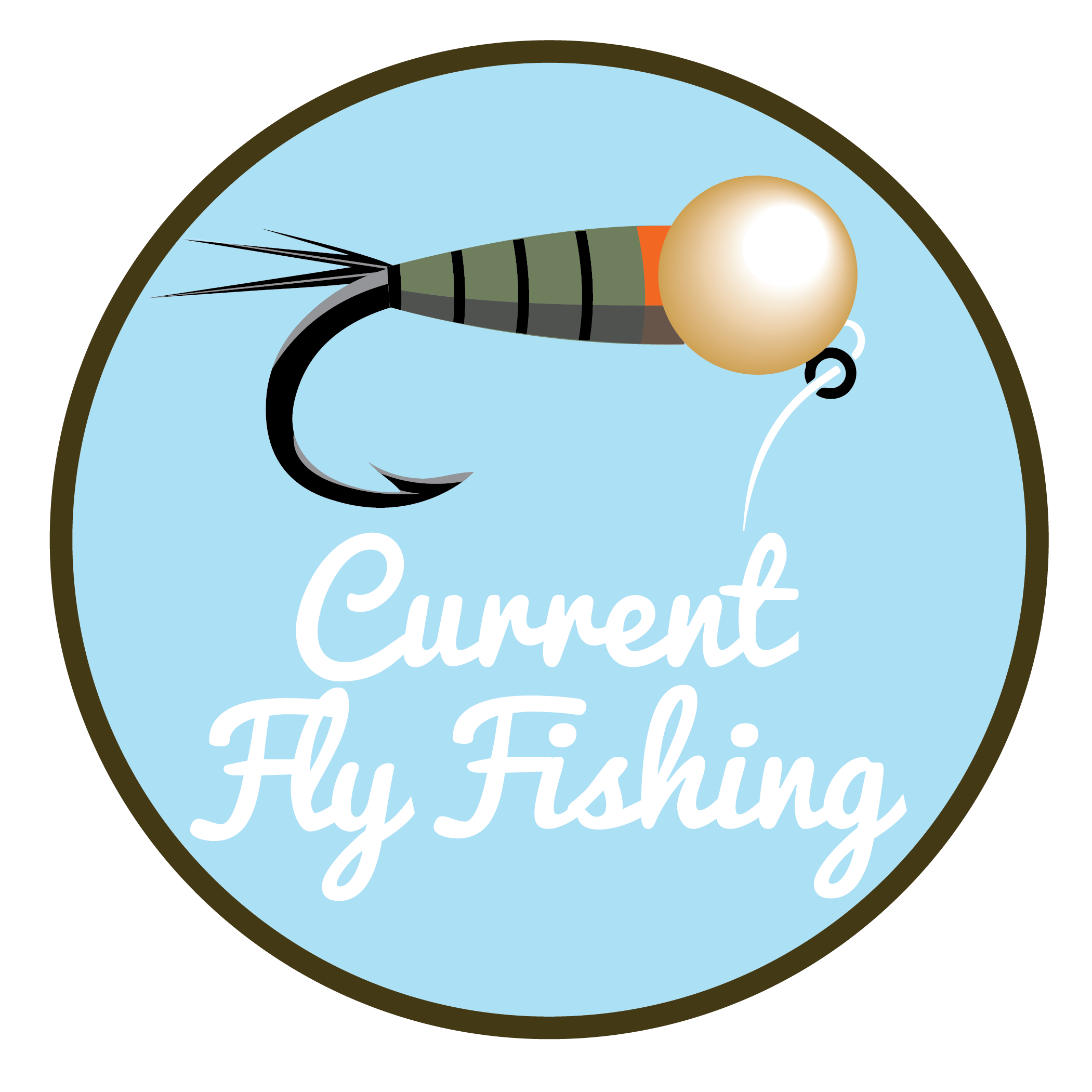Fly Fishing
Locations
Current Fly Fishing is based in reno, Nevada. We guide the truckee river From lake tahoe to reno.
The Truckee River is one of our favorite fly fishing locations and it’s our home water. The Truckee River is located just north of Lake Tahoe. It flows through the city of Reno, Nevada and out to Pyramid lake. Along the way it passes through a diverse range of environments from pine trees to sage brush. We access the Truckee River on foot or by boat when the conditions allow.
The East Walker River is another one of our fly fishing locations. Near the town of Bridgeport California, the East Walker River flows east from the Bridgeport Reservoir. It’s home to a dense population of Brown and Rainbow Trout that grow fat on a healthy diet of crawfish and other invertebrates.
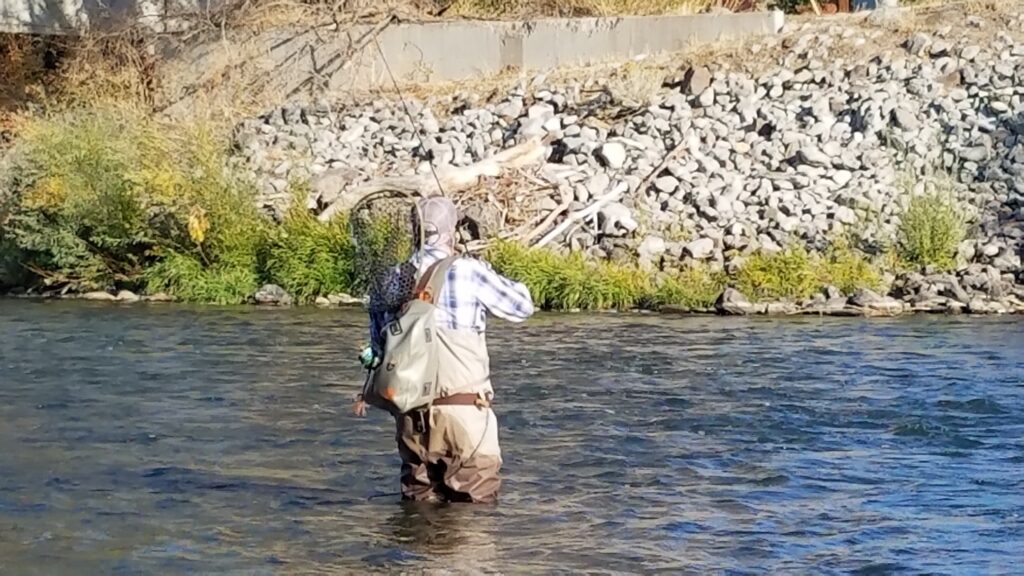
The Truckee River flows 121 miles from Lake Tahoe to Pyramid Lake. Along the way, it passes through many different environments including forests, deserts, and urban cities. On its way to Pyramid lake it passes through Reno, Nevada. This section has lots to offer including accessibility. There are numerous riverside parks and pathways allowing for easy access to the river. This is urban fishing at it’s finest and it’s widely considered home to some of the biggest fish in the river system.
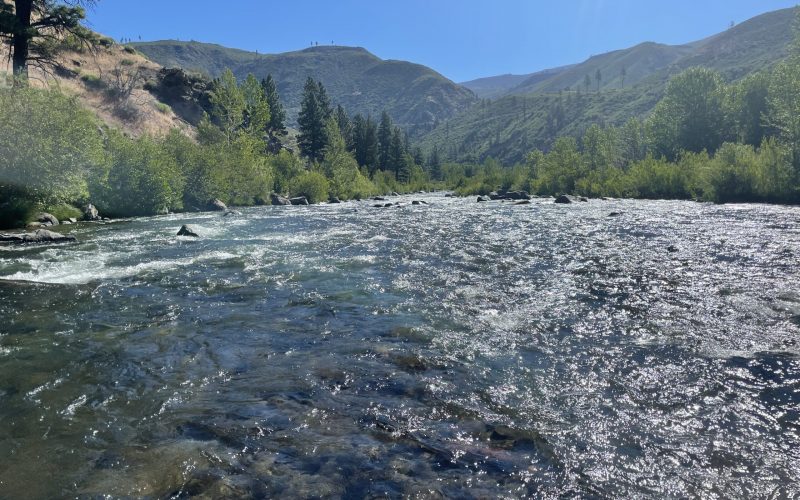
The Truckee River flows 121 miles from Lake Tahoe to Pyramid Lake. Along the way, it passes through many different environments including forests, deserts, and urban cities. The California Section of the Truckee runs through a deep forested gorge we call the canyon. There you’ll find lots of pocket water and deep pools hiding large brown and rainbow trout. Its scenic beauty is unparalleled in the area and can make for a great day of fishing. Check out our link to The Truckee River Fishing Map
truckee River Float
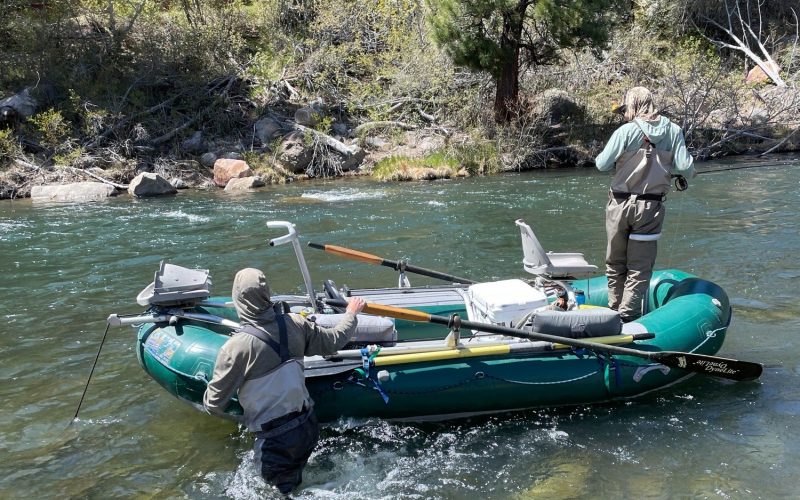
During certain flows, the Truckee River is prime for floating. We have a 13′ AIRE white water raft outfitted with a fishing frame complete with solid standing platforms and stirrups. A float can be a great way to see the river from a different angle and cover more water. Streamer fishing can be especially good when the conditions are right. Life vests are a requirement while on the raft and will be provided at no extra charge. (float trip availability is subject to the changing nature of water levels)
The East Walker River
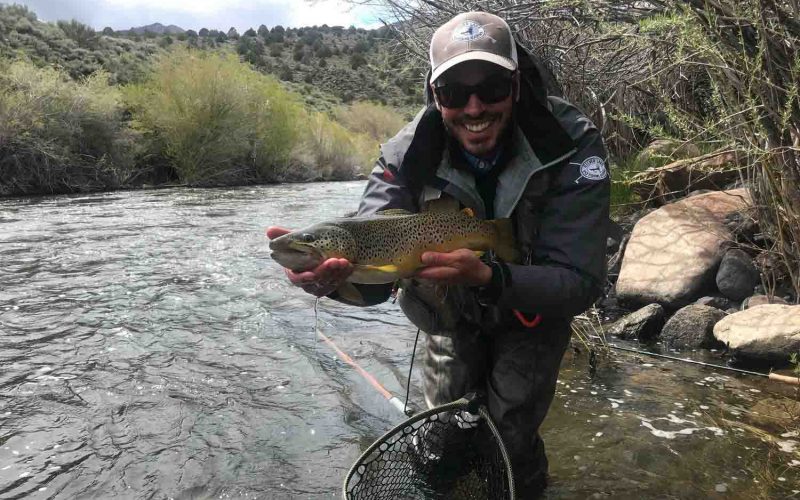
The East Walker flows from Bridgeport reservoir into Nevada. It’s located about 50 minutes north of Mammoth Lakes and can be well worth the drive. Known for sizable Brown and Rainbow trout and frequent dry fly action. This makes the East Walker a world-class fly fishing destination. The River has a different character than any other in the Mammoth Area and pulls anglers from miles around. Also, one of our favorite rivers to fish big streamers on.
We follow the water
Below each of our fishing locations you'll find links to river gauges. These are helpful tools when determining when and where to fish.
Here's how to read them:
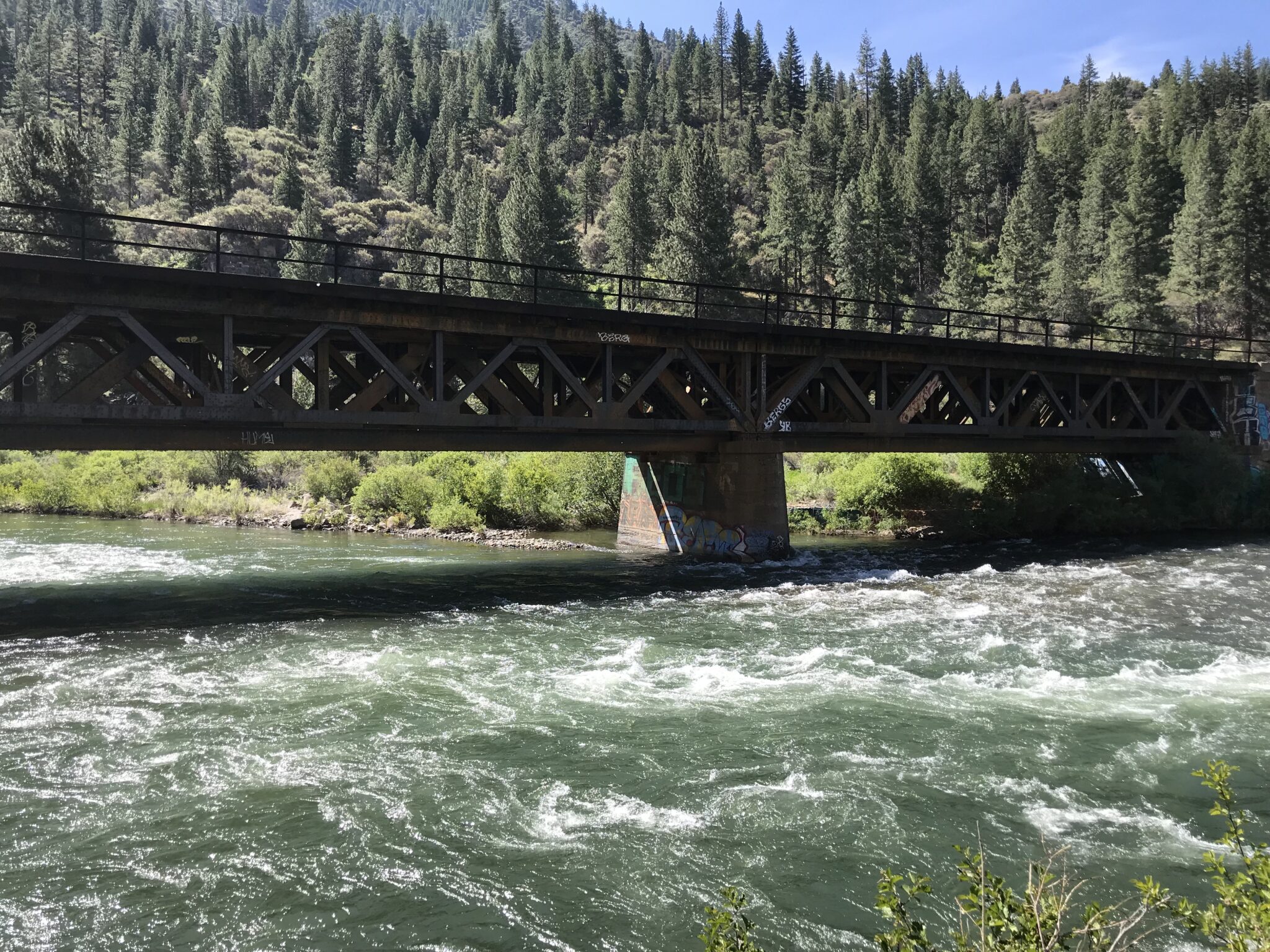
Rivers are commonly measured in a couple of ways: gauge height and cubic feet per second.
Gauge height is the rivers water level measured from a particular point unique to that water gauge station. If you’re familiar with that particular gauge and where the data point marker is set, gauge height is a quick way to get an overall idea of how much water is in the river at any given time.
Cubic feet per second or “CFS” is how we commonly speak about river flows in the world of fly fishing. It is an exact measurement of the volume of the water passing by a stationary point in the river at a particular moment in time. If you are familiar with the average depth and width of a river you’ll start to be able to imagine what a certain amount of CFS would look like in that river. CFS was described to me in these terms; A cubic foot of water is roughly the same size as a basketball. Now imagine the river is flowing at 150cfs an easy way to imagine this is to picture 150 basketballs passing by as you stand next to the river. This metaphor seemed to work for me when I was wrapping my head around all these numbers.
What does this mean for fly fishing? Every river will have a flow rate that is considered among anglers to be the ideal amount however subjective that may be. On some rivers, flow rates determine whether walk and wade or float fishing is the preferred method. Of course, when flows are high, typically in the spring, rivers become dirty with mud and debris. later in the season, that same river may experience low flows and then issues become high water temps and disappearing habitats. Some flow will encourage certain insect hatches are even provide for greater success with streamer fishing. When it comes to river fishing river flows are a big part of the picture and can have a big influence on the day. Be prepared with the right info before heading out on the water, and make checking flows part of your daily routine just like checking the weather. Learn your home water and notice how it changes based on the flow rates.
If you have any flow rate questions about the rivers listed above don’t hesitate to give us a call. We’d be happy to share with you what we know.
